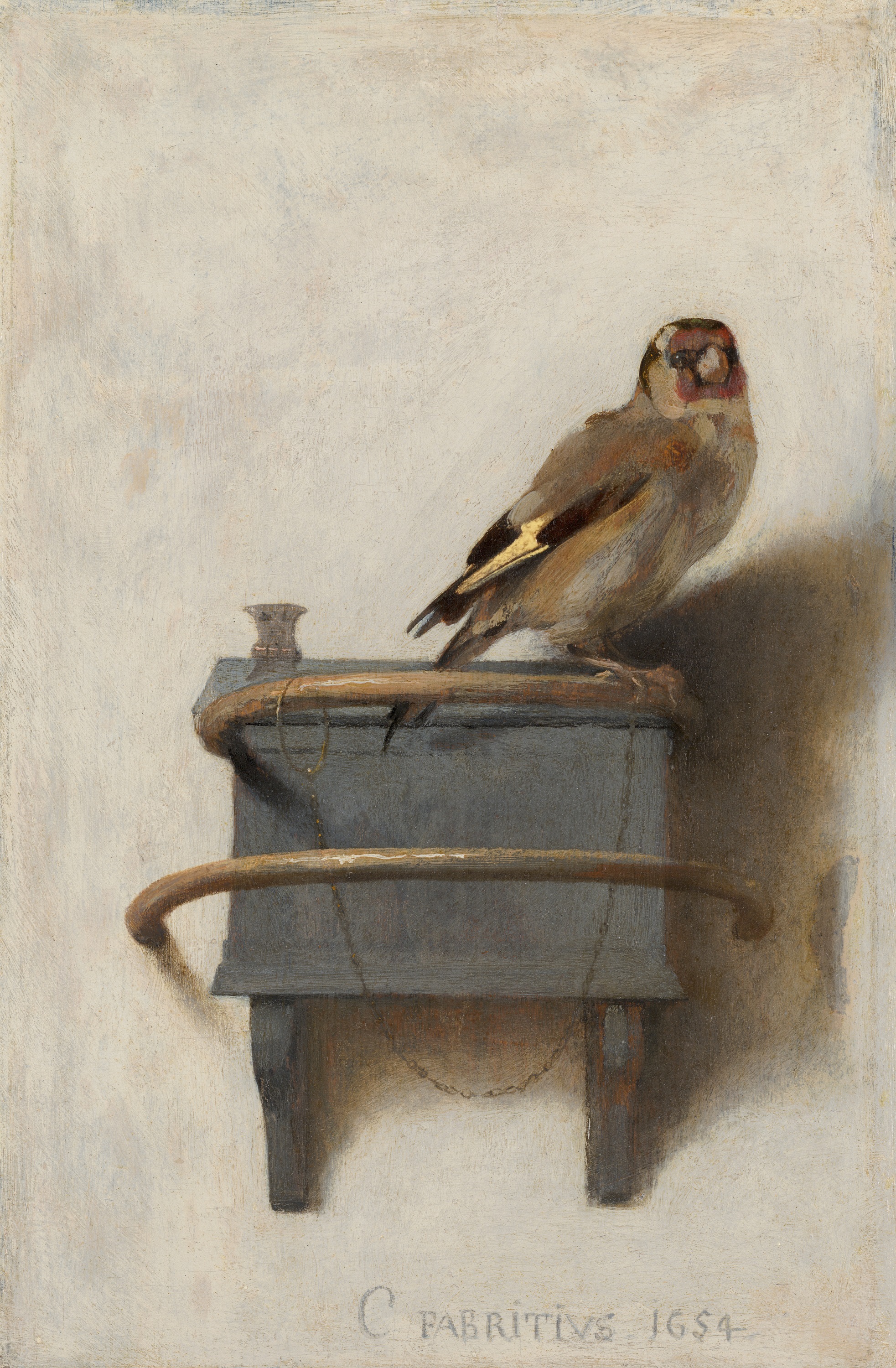THE GOLDFINCH (2 out of 5) Directed by John Crowley. Written by Peter Straughan; Starring Oakes Fegley, Ansel Elgort, Nicole Kidman, Sarah Paulson, Finn Wolfhard, Jeffrey Wright, Luke Wilson; Rated R for drug use and language; Running time 149 minutes; In wide release September 13, 2019.
The Goldfinch is a painting by Carel Fabritius, a Dutch artist and pupil of famed painter Rembrandt van Rijn. Thought its artist died young, killed in the Delft Explosion in 1654, The Goldfinch survived to currently belong to the collection of Mauritshuis museum in The Hague, Netherlands.
And so the parallel begins: Theo (Oakes Fegley), a young boy visiting the Metropolitan Museum of Art, survives a terrible explosion that kills his mother. In his memories, she is a piece of art herself–blurred lines and colored gemstones, elegance and knowledge that expired in the rubble of the museum. He carries her memory, as well as the painting of The Goldfinch away with him when he flees the Met, for in this fictional world, the painting is displayed in New York.
The painting is of a chained goldfinch, unable to fly away. Just as Theo is chained to the stolen painting and the terrible memory of that day. Every moment in his life stems from that explosion, as he’s first taken to the Barbours. Polite and affluent, they are the family of a school friend, and though it doesn’t strike one as a welcoming home of a grieving boy, he finds a place among them.
But then his absent father returns to claim him, and he’s taken west to live at the end of an empty street in the desert, where his recovering alcoholic father is no longer recovering, and he befriends Boris who introduces him to a variety of drugs and urges him to drink.
There is so much alcohol and drug use in this film that I strongly urge recovering addicts to steer clear. And I mean there is a lot. Everyone is popping pills and snorting lines and downing booze. It’s in virtually every scene.
But since Theo is never shown attending therapy, he is left to his own devices to deal with his grief. And the loss doesn’t stop with his mother. As he ages, he’s dealt one blow after another, which culminates in a life-threatening ordeal in Amsterdam, when all the lines of his troubled life intersect.
Having not read the book, I can’t compare, but I know it won Donna Tartt the Pulitzer Prize, and it’s over 700 pages, so those bits of information alone could make an adaptation daunting. It’s also probably no surprise that the film felt overly long. The visuals were rich and lush, appropriate for a film about a painting. Or at least about a boy who stole a painting.
While the first part of the movie takes its time, moving in a slow, graceful manner in a way that mirrors the elegant poise of Nicole Kidman as Mrs. Barbour, the second half speeds along, summing up major story points in a few lines. This more frantic pace matches the erratic behavior of Theo’s father (Luke Wilson), whose addictions become insurmountable. I imagine (possibly incorrectly) the book, tome that it is, does not take these shortcuts.
And once one becomes accustomed to the beauty of the film and becomes mired in the tedium of the story and constant drug use, it’s difficult to find redeeming qualities in the film, much less in its characters. Yes, Mrs. Barbour is kind to take in a motherless boy, but she’s not overly affectionate. She’s graceful and cool, and perhaps Theo needs that rather than coddling, but as he shuffles from place to place he’s merely tolerated rather than welcome. And he grows up to be someone who obviously doesn’t have his life together.
At some point it all becomes too depressing. After the film ended, I felt deflated. Sad, even. Perhaps it was the overall mood of the film, or the way the story wrapped up. Either way, I’m probably good never seeing The Goldfinch again. And if you liked the book, chances are you’ll be disappointed in the movie, and if you don’t like the movie, you’ll probably never want to read the book. Unless it’s to see if it’s an improvement upon the film.

